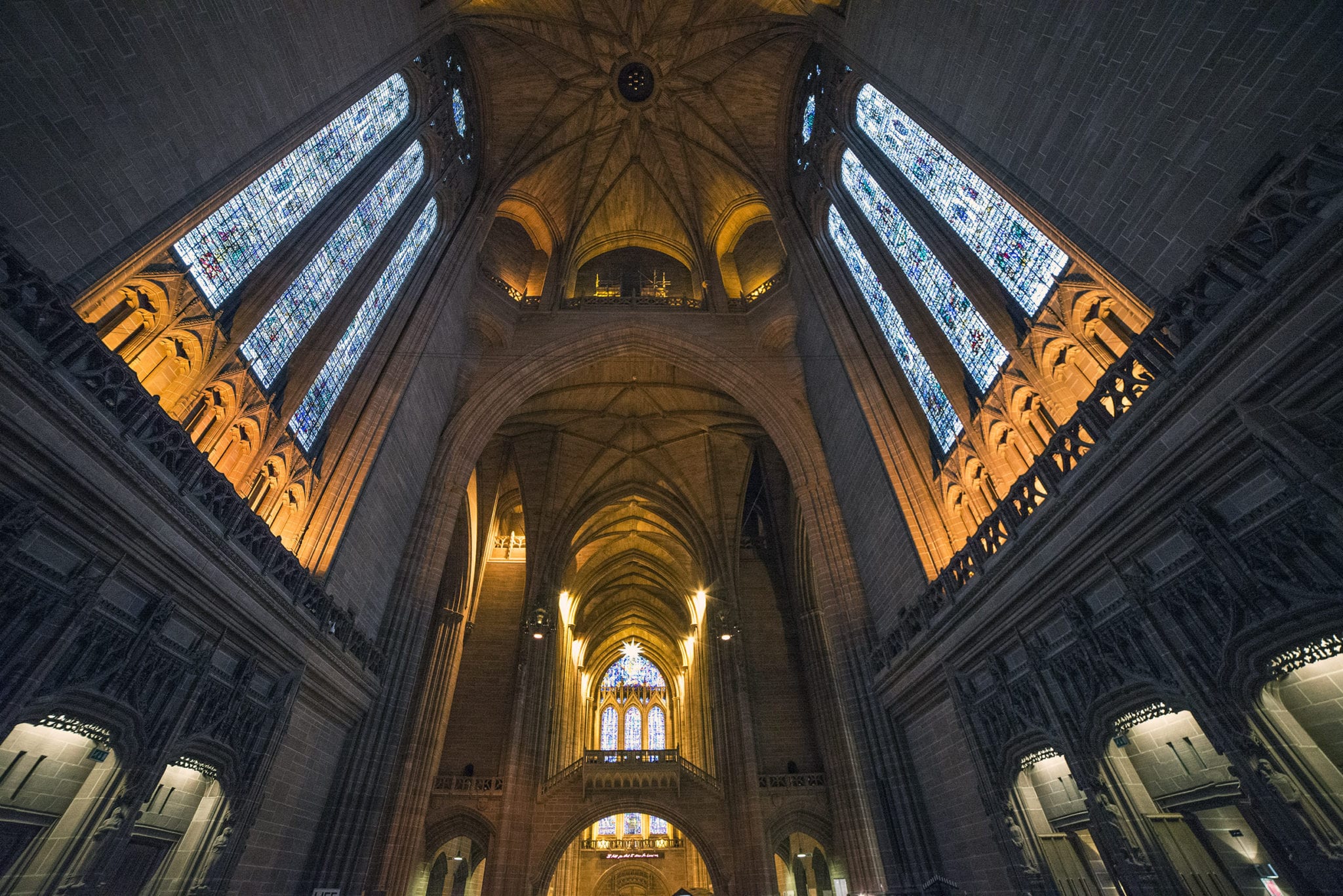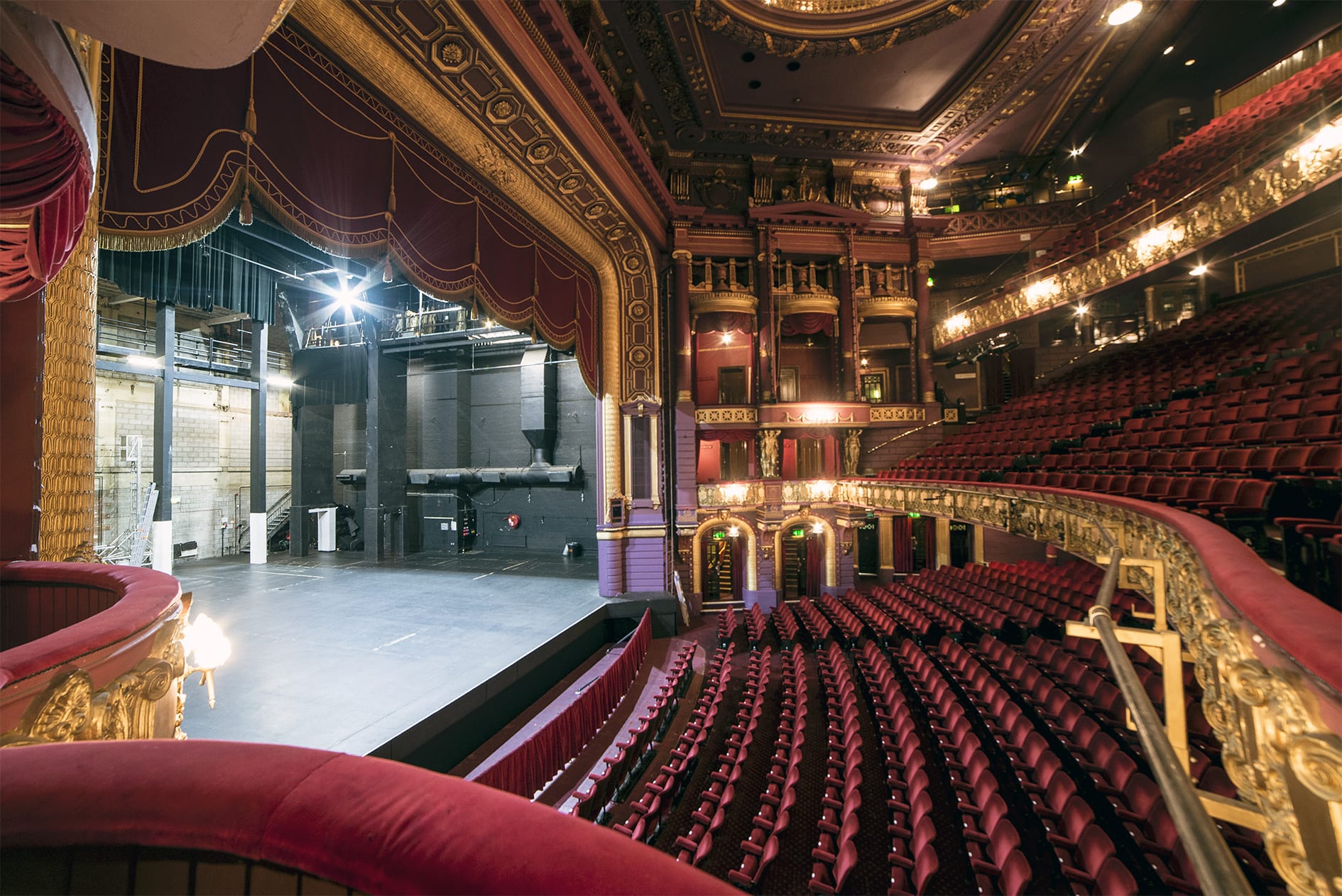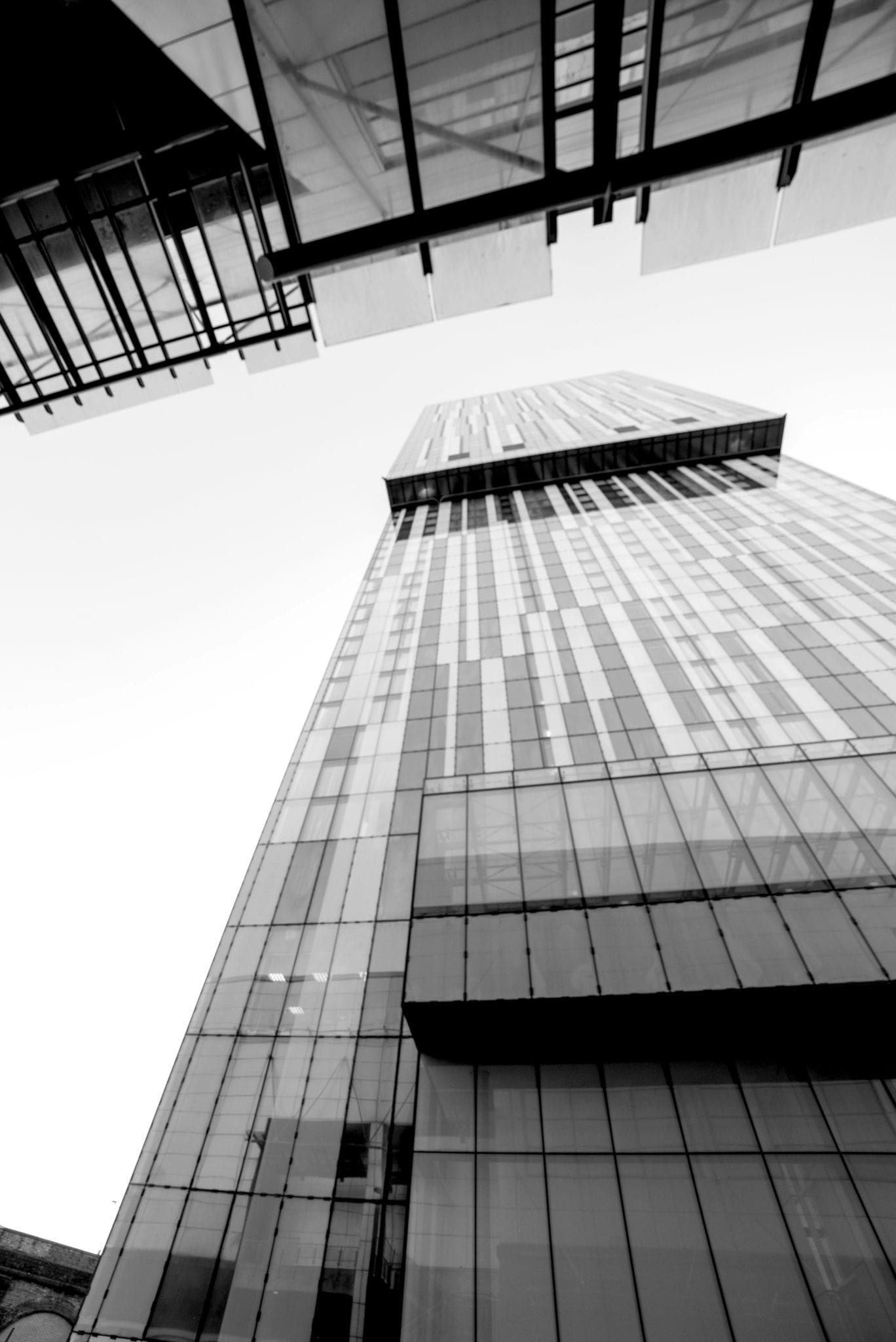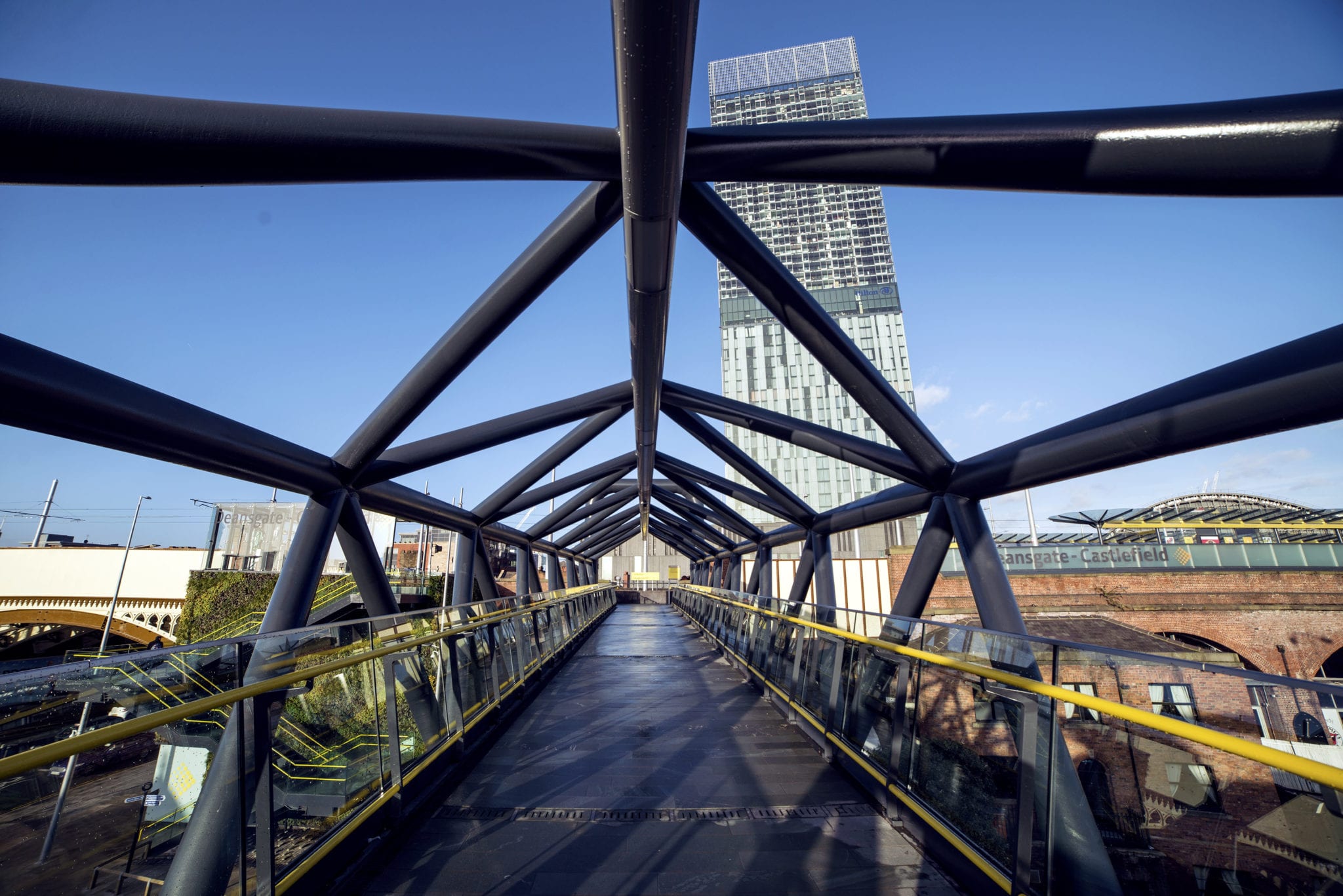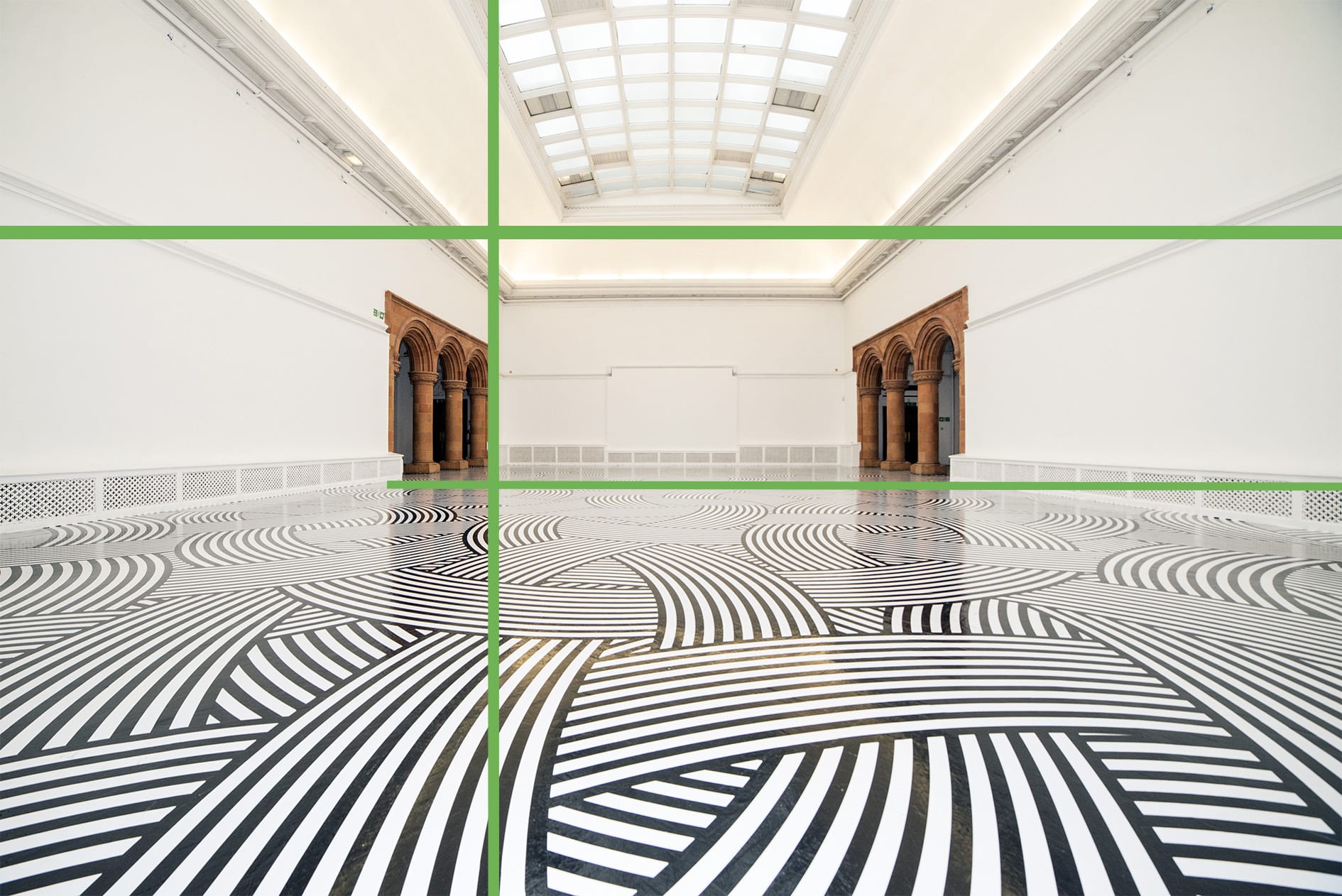Architecture, Structure and Interior Design Photography
The beautiful thing about shooting architecture, structure, interiors and buildings in general, is that you’re mainly shooting and representing another individual’s work or art; their creative stamp or influence on an environment.
Architecture can be as bold as a newly commissioned skyscraper slotted into a cityscape or as small as a renovated modern day workspace or office. It can be a bridge across a major river, an ancient church or cathedral, or a part of your home.
Whether it serves an everyday common purpose or is nothing more than cosmetic architectural, structural and interior design is the basis for vast areas of photographic focus.
A visit to your closest city will give scope to the many changing ages of architecture. In Manchester, the neo-gothic theatre of The John Ryland Library building is offset by the piercing, and acutely-angled, reflective glass surface of The Avenue, Armani building. In Stevenson Square, the flamboyant Edwardian Baroque character of the Midland Hotel sits tight in front of Beetham Tower’s north facing ledge.
It is no surprise then that these influences on a city’s face are the centre of interest for photographers looking to capture the narrative and communication between hundreds of years of progress.
What is architectural photography and how does it differ from ‘cityscape’ photography?
It’s relatively straightforward to differentiate architectural photography from cityscape photography.
A cityscape will be a wider angled shot, which is all encompassing and spans a large area of a city. It is, in essence, a landscape shot within the city and doesn’t necessarily pay homage to that areas architecture specifically.
Architectural photography is more focussed on a particular building or structure and the relationship between that building and its immediate vicinity or neighbouring buildings.
What architectural photography does is pay tribute to the work of an architect or designer or perhaps, more importantly, exemplifies what a building or structure is or says to us as photographers.
We have a whole scope of vision to play with and choose how best to represent architectural and structural designs to our creative standards. But to do so, there are a few rules we should abide by.
How do we go about shooting architecture?
Like any genre of photography, you can go about manipulating your subjects in many different ways to suit your style. All it takes is a few guidelines and thought processes to consider each time and you’re on your way.
Consider your light source
Natural light is often a crucial factor in architectural photography, as you will be shooting scales that no flashgun can compensate for in exposure. Whether it’s an entire building, a small section or even an interior, you won’t always be able to rely on flash.
Cities are notorious for changing light, reflections and artificial light, particular at night. So always be wary firstly of the sun, where shadows are being cast and adjust your settings accordingly. Dark areas can trick your camera into overexposing areas such as sky so always study your full frame and use your exposure compensation to bring your exposure into a suitable middle ground, or use bracketing to get some different exposures.
If indoors, be sure to adjust your white balance settings to make up for any fluorescent and more difficult lighting. In these circumstances and at night also, you may choose to take a tripod and consider long exposures. This can breed some incredibly atmospheric and intense results provided your exposure is correct and there’s no interference with the camera or focus when the shutter is open.
Careful lens consideration
You could turn up at your chosen spot with all manner of gear, but if you haven’t chosen the right lens, it may be a wasted trip.
Nine times out of ten, you’ll be looking up, or trying to account for a vast amount of space, in quite tight angles.
This isn’t just limited to cities. Beautiful builds all over the country have their contextual challenges as they reside by busy roads, lakes, canals, rivers, forests.
The first thing you’ll want to be doing is choosing a wide angle 14/16mm lens. This will account for a wonderfully wide span of focal length which can be used landscape and portrait to incredible effect. You’ll find buildings and structures can be captured to spectacular degrees from just a few hundred feet away.
Similarly, you could achieve this effect with simple panorama techniques in post-processing, if you don’t happen to have a fisheye or wide angle lens.
It may be that you’re focussing more on detail and not ‘mass’. Perhaps you want to document urban shadows and textures caused by a city’s changing landscape. You could happily shoot 28-50mm in this instance. 28mm is still nice and wide and manageable at street level, where 50mm closes in a little more for the likes of more detailed and ambiguous textural shots.
Aperture is key
As with any style of photography, you should consider your aperture carefully. But perhaps more importantly with architectural shoots, you’ll more often than not want to retain detail throughout an image.
There’s nothing worse than exposing and shooting a building or interior perfectly then getting home and realising your 2.8 f has caused the edges of the building to fall out of focus. Keep that aperture high, at least an f of 7. If this hinders your shutter particularly (and it will), you need to be considering your tripod and the long exposure route.
Angles, angles, everywhere
As a photographer and lover of architecture and structure, both indoors, outdoors and at night, considering your angles, your framing and composition is possibly the most important aspect. The way you frame your shot can affect the way someone reads it. No amount of editing can make up for a shot that has been badly composed or framed.
The biggest problem I have seen people encounter is the various angles involved in shooting architecture and structure. These angles aren’t just limited to your building, structure or interior, or the environment in which you shoot for that matter. There’s the angle of your camera to consider, both tilting up and down as well as side to side. This will be affected by your proximity to your subject and your intentions for the final result.
Purposefully shooting up to convey grandeur and overwhelming magnitude works wonderfully. Purposefully shooting down to convey depth, or height can work amazingly well too. Even shooting at acute and wacky angles, perhaps to communicate detail of a buildings angular impact on a sky or to contrast with the neighbouring gothic stonework of a church, narrates fantastic concept and forethought. But when a soft angle in a shot communicates nothing to the tone of the image itself, that’s when problems arise.
Parallels and Symmetry
This is where the parallel comes in. If you can fit your subject in frame and connect a straight line, perfectly parallel to your frames edge, you again start to communicate something just as wonderful.
Something which almost subconsciously pleases a viewer. It’s an idea of symmetry and order. This works particularly well when shooting interior. A great way of achieving this is setting up on the tripod and using your digital viewfinder, along with the guidelines on the screen. Take the corner of the room or a wall and set the vertical lines as parallel as you can, with your subject framed.
This subject could be anything – sculpture, a spiral staircase, a water feature, etc. By cleanly framing your subject with those parallel lines there’s a sense of order that a viewer won’t always pick up on, but they will always appreciate the image itself. If your camera is angled a little too far up or down your vertical lines will slowly creep out of frame diagonally and the shot will suffer. There’s a lot to be said for how we subconsciously read an image.
BE BOLD!
The last thing to touch in is simply to be bold. Architecture and structure is a bold and beautiful thing. It’s about communication and invention, forward thinking and innovation. Apply a similar mindset when shooting.
What does the building in question say to you? What do you feel whenever you drive over that bridge or walk into that restaurant? Angles, shapes, tones, reflection, narrative; they all come in to play somehow. And as a photographer, you can represent this.
So go out, try your angles, long exposures, panoramas, detail shots and see how you get on. You can only get better.
This article and images were supplied by IOP® Tutor Michael Barrow.
Take an IOP® online photography course to learn more about this subject and many more.

